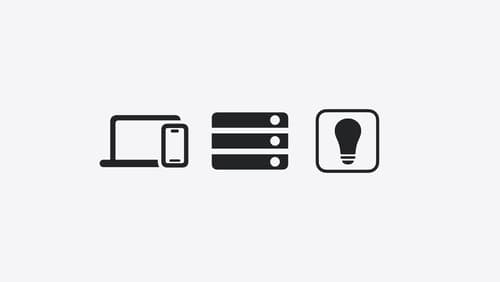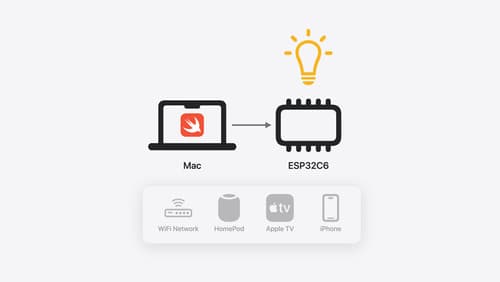how do I use an environment variable in Swift?
Asked on 2025-02-03
1 search
To use an environment variable in Swift, you can access it using the ProcessInfo class, which provides access to the environment variables of the current process. Here's a simple example:
import Foundation
if let myVariable = ProcessInfo.processInfo.environment["MY_ENV_VARIABLE"] {
print("Environment variable value: \(myVariable)")
} else {
print("Environment variable not set.")
}
In this code, ProcessInfo.processInfo.environment is a dictionary where the keys are the names of the environment variables, and the values are the corresponding values. You can access an environment variable by its name, such as "MY_ENV_VARIABLE" in this example.
If you want to learn more about Swift and its features, you might find the session A Swift Tour: Explore Swift’s features and design helpful.

A Swift Tour: Explore Swift’s features and design
Learn the essential features and design philosophy of the Swift programming language. We’ll explore how to model data, handle errors, use protocols, write concurrent code, and more while building up a Swift package that has a library, an HTTP server, and a command line client. Whether you’re just beginning your Swift journey or have been with us from the start, this talk will help you get the most out of the language.

Go small with Embedded Swift
Embedded Swift brings the safety and expressivity of Swift to constrained environments. Explore how Embedded Swift runs on a variety of microcontrollers through a demonstration using an off-the-shelf Matter device. Learn how the Embedded Swift subset packs the benefits of Swift into a tiny footprint with no runtime, and discover plenty of resources to start your own Embedded Swift adventure.

Bring context to today’s weather
Harness the power of WeatherKit to get detailed weather forecast data such as precipitation amounts by type, cloud cover by altitude, or maximum wind speed. Find out how you can summarize weather by different parts of the day and highlight significant upcoming changes to temperature or precipitation. Understand how you can compare current weather to the past through our Historical Comparisons dataset and dive into historical weather statistics for any location in the world. We’ll also explore how you can do all of this faster with our Swift and REST APIs.
